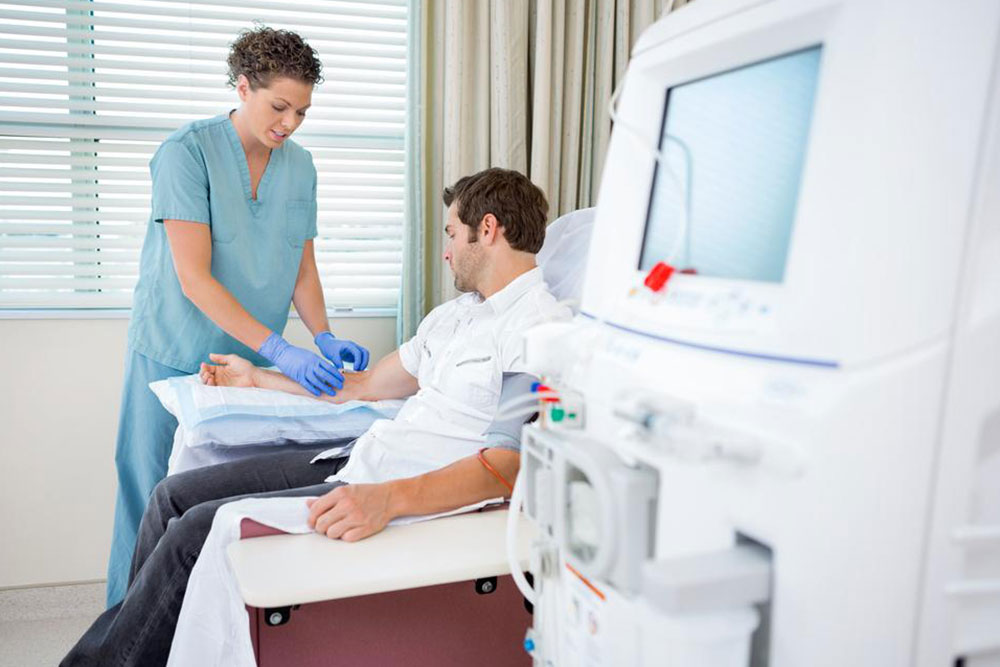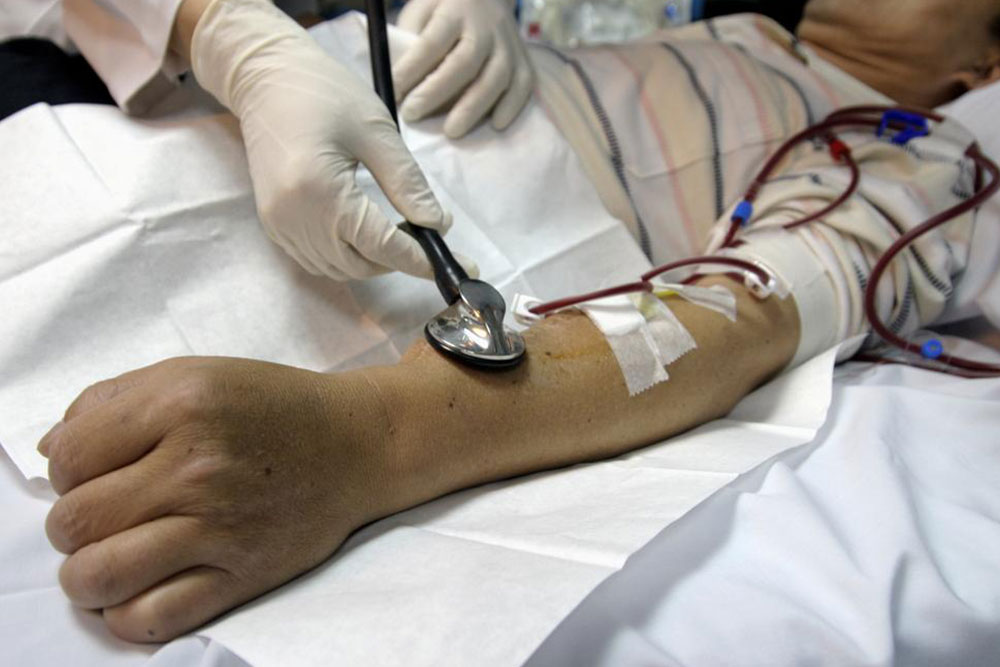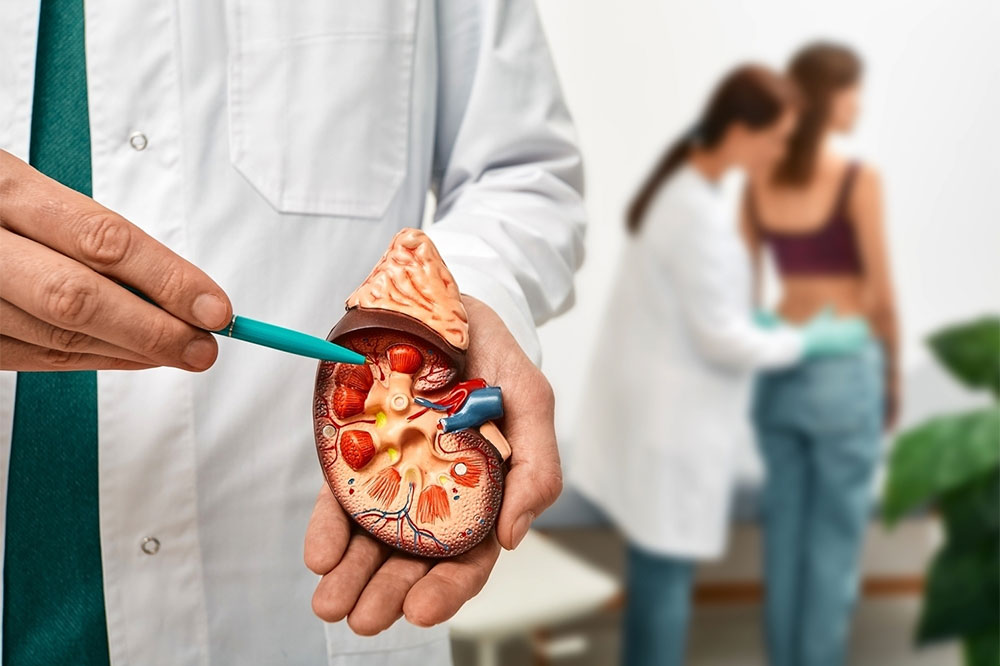Essential Guide to Kidney Dialysis and Its Role in Treating Kidney Failure
This comprehensive guide explains kidney dialysis, its types, risks, and dietary tips. It highlights how dialysis helps manage kidney failure, covering costs, benefits, and essential precautions to improve patient outcomes and quality of life.

Essential Guide to Kidney Dialysis and Its Role in Treating Kidney Failure
Individuals with compromised or non-functioning kidneys often struggle to remove waste and excess fluids effectively. Kidney dialysis provides a vital solution by performing the kidneys' functions externally. It helps maintain electrolyte balance by removing excess water, salt, and toxins, thereby preventing buildup in the body. Dialysis also aids in regulating blood pressure and electrolyte levels such as sodium and potassium, which are critical for overall health.
Replacing the essential roles of the kidneys, dialysis is also called renal replacement therapy. However, some functions of healthy kidneys, like metabolite secretion, hormone production, and blood pressure regulation via renin release, are not performed by dialysis. Normally, kidneys filter approximately 120 to 150 quarts of blood daily; when they fail, dialysis prevents toxin accumulation and maintains safe chemical levels in the bloodstream.
Types of Kidney Dialysis
Peritoneal Dialysis - Uses diffusion to clean the blood by filtering waste through the lining of the abdomen. It’s a slower process but offers patients independence, as it can be performed at home.
Intermittent Hemodialysis - Circulates blood outside the body through specialized machines with filters. Typically performed over 3 to 4 hours per session, suitable for stable patients without severe comorbidities.
Continuous Renal Replacement Therapy (CRRT) - Designed for intensive care settings, this method runs continuously for 24 hours to support critically ill patients.
Risks of Kidney Dialysis
Increased risk of infections
Potential weight gain
Depression and emotional challenges
Anemia due to low blood cell counts
Electrolyte imbalances, such as high potassium
Discomforts like abdominal pain, muscle cramps, itching, sleep disturbances, and joint pain
Dietary Management During Dialysis
Nutrition plays a key role in supporting dialysis treatment. Patients are advised to consume high-protein foods like meat and poultry, which supply essential amino acids. Conversely, foods high in sodium and potassium should be limited to prevent complications. Fluid intake should also be carefully monitored to avoid excess fluid buildup.
Cost Considerations for Dialysis
Patients typically spend 3 to 5 hours per session, 3 times weekly. Annual treatment costs can reach up to US$72,000 for uninsured patients. According to a Health Affairs study, the average US patient pays approximately US$114 for dialysis and related medications per session, highlighting the significant financial impact of ongoing treatment.
Purpose and Advantages of Dialysis
While dialysis does not cure kidney disease, it is essential for controlling toxin levels and maintaining chemical balance until a kidney transplant is possible. Patients should wear comfortable clothing during sessions to enhance their experience and well-being.









